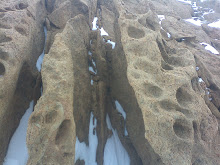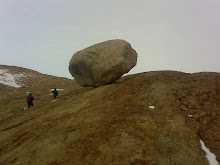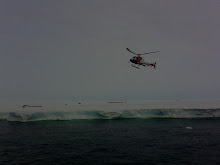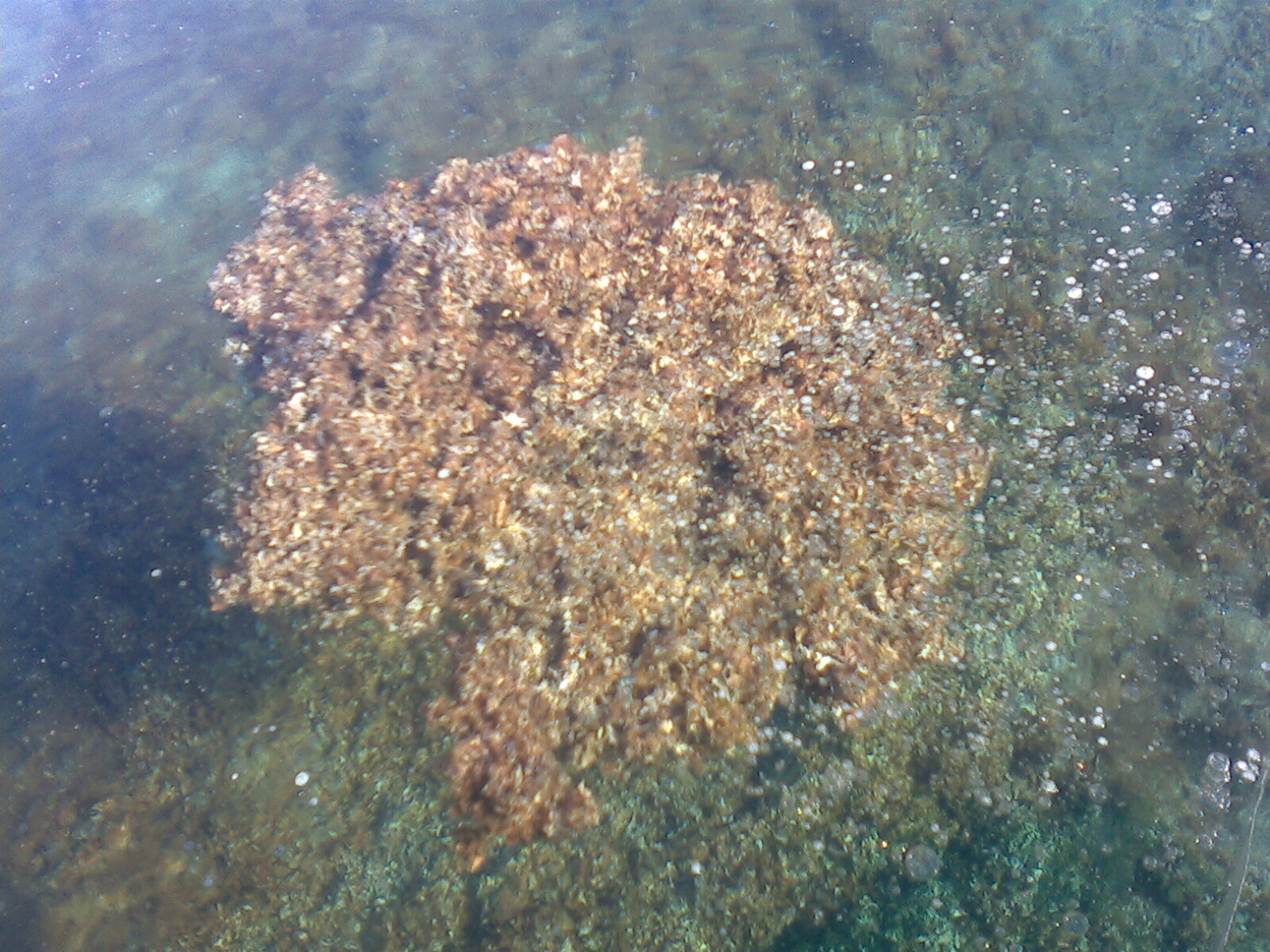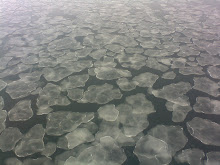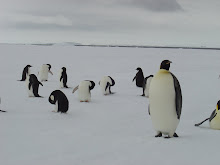Total suspended particulate (TSP) matter on fortnightly basis throughout the year and mass size distribution of aerosols as well as ultrafine aerosols on weekly basis in the months of May and June were monitored during 1996-2003 at different altitudinal locations of the Kullu-Manali tourist complex in the northwestern Himalaya. Concentration of TSP ranged from 35.8 (August 1996) to 207.3 µg m-3 (June 2003) at Mohal [1150 m from average sea level (ASL)] and from 31.7 (July 2003) to 239 µg m-3 (April 2001) at Manali (2050 m ASL). The mass size distribution of aerosols showed a bimodal distribution having one peak in the coarse size range (3.3-9 µm dia) and the other in the fine size range (0.08-2.1 µm dia) at both the locations. Ultrafine aerosol (UA) (0.001-0.1 µm radius) concentrations were found to be highest at the lowest experimental altitude site (Mohal) and vice versa. The diurnal variation of UA concentration for three years showed that the concentration ranges from 2640 (at 0500 hrs LT) to 5160 Number (N) cm-3 (at 1300 hrs LT) at Mohal and from 400 (at 0400 hrs LT) to 2190 N cm-3 (at 1300 hrs LT) at Kothi. On an average, TSP crossed its permissible limit set by National Ambient Air Quality Standard (NAAQS) level in the sensitive areas such as Kullu-Manali hill spots. Bimodal nature of mass size distribution indicates two important sources contributing in total aerosols—the fine mode, primarily due to anthropogenic activities and the coarse mode aerosols, mainly due to natural sources. Large number of concentration of ultrafine particles indicates the presence of air pollutants more at low altitudes as compared to high altitudes.
For Further reading please refer:
For Further reading please refer:

